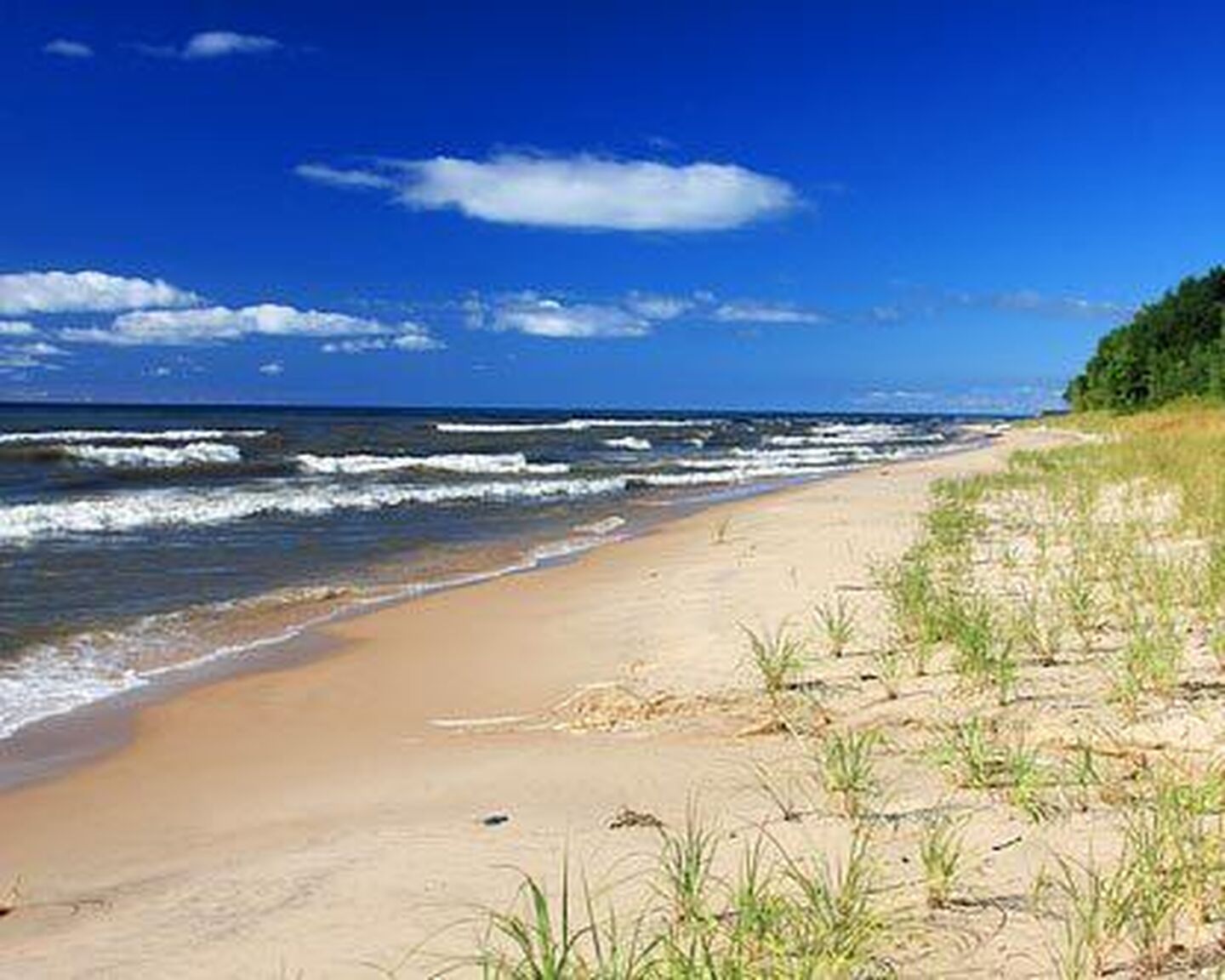Waterproof a Basement in NW Indiana Quickly and Cost-Effectively

Homes in NW Indiana suffer from basement water problems just like homes everywhere but there are several factors specific to the area that affect the severity of the problem and the nature of the repair.
High Water Table – “Water table” is the term used to describe the level of water in the soil in a particular area. In dry areas, even those that seem completely arid, there is water in the soil but at a very low level. Near large bodies of water, the water table is usually very high, as it is in NW Indiana, a locale that sits on the shores of Lake Michigan. A high water table increases hydrostatic and lateral pressure on a foundation and can make leaks happen more frequently.
Sandy Soil – The soil in NW Indiana is generally high in sand content, which means that the soil drains quickly but also that the soil doesn’t provide the same support for the foundation offered by a denser soil like clay. Also, when sandy soil is wet, it is much heavier than other soils and increases lateral pressure on foundation walls that can lead to cracks and leaks.
Block Foundations – The most common type of foundation in NW Indiana is one constructed of concrete blocks, also known as “cinder” blocks or CMUs. These blocks are typically more porous than poured concrete and have numerous mortar joints that can admit water to the basement when cracked or eroded.
Even with these contributing factors, it is still possible to waterproof a basement in NW Indiana quickly and cost-effectively.
Quick and Cost-Effective Basement Waterproofing in NW Indiana
Water seepage in a NW Indiana home is most likely to come from one of several sources: floor cracks, the cove joint between wall and floor, cracked or deteriorated mortar joints or porous concrete block. The most cost-effective and quickest to install remedy for these problems is interior drain tile, which will solve the problem in one of two ways.
Interior drain tile is a system of perforated pipe that is embedded in washed gravel under the basement floor. To install it, a foot-wide section of floor is removed around the perimeter of either the entire basement or the affected area and a trench is dug down to the level of the footings.
A shallow bed of washed gravel is poured in and the flexible drain pipe, encased in a “sock” of filtration fabric is laid on top. The pipe is connected to a sump basin at one or both ends and covered with more washed gravel. The concrete floor is then patched.
Interior drain tile prevents seepage through floor cracks or the cove joint by alleviating the hydrostatic pressure that occurs under the foundation and forces water in. It collects the ground water that creates the pressure and carries it to the sump pump for discharge.
For seepage coming through the walls, via either cracked mortar joints or porous blocks, the interior drain tile is installed with a few variations. A small gap is left between the floor and wall to allow seepage to drain into the system. This gap can be covered by a plastic baseboard.
To prevent water from accumulating in the cavities of the concrete block, weep holes are drilled near the bottom to allow drainage into the drain tile system.
The homeowner may also elect to take one more recommended step, installing a vapor barrier on the wall to cover the seepage and prevent moisture intrusion into the basement atmosphere.
Installing interior drain tile is not a small job but it is far less costly and disruptive than doing exterior waterproofing that would require substantial excavation and other labor. A typical interior drain tile installation can be completed in several days and can be done even in a finished basement with a minimum of disruption.
Regardless of the source of the seepage problem, a NW Indiana homeowner will require the advice and services of a professional basement waterproofing contractor that has worked with concrete block foundations and knows the factors that complicate waterproofing in the area. At U.S. Waterproofing, we have been keeping basements dry in NW Indiana, as well as in Chicago and southeastern Wisconsin, for more than 57 years and have installed literally miles of interior drain tile. Why not ask for our free advice?




